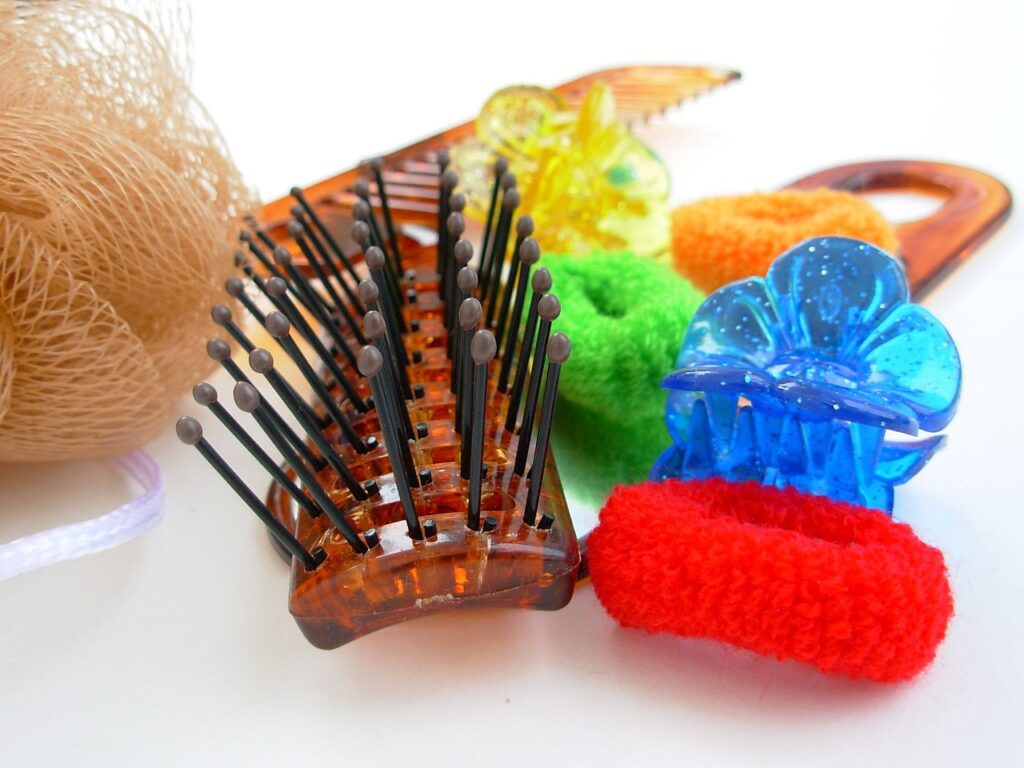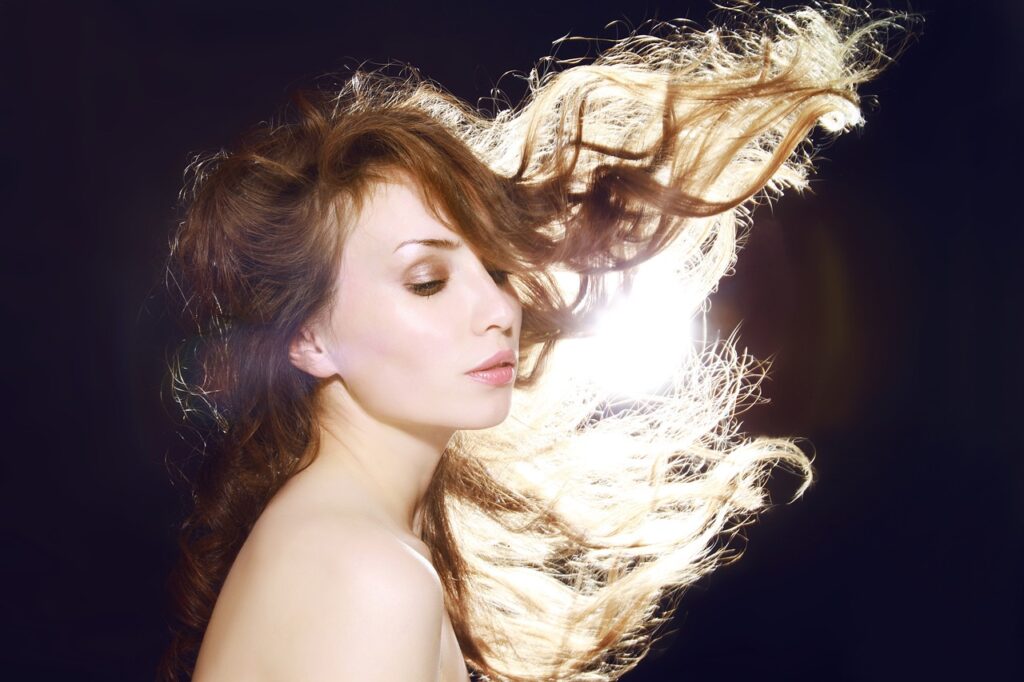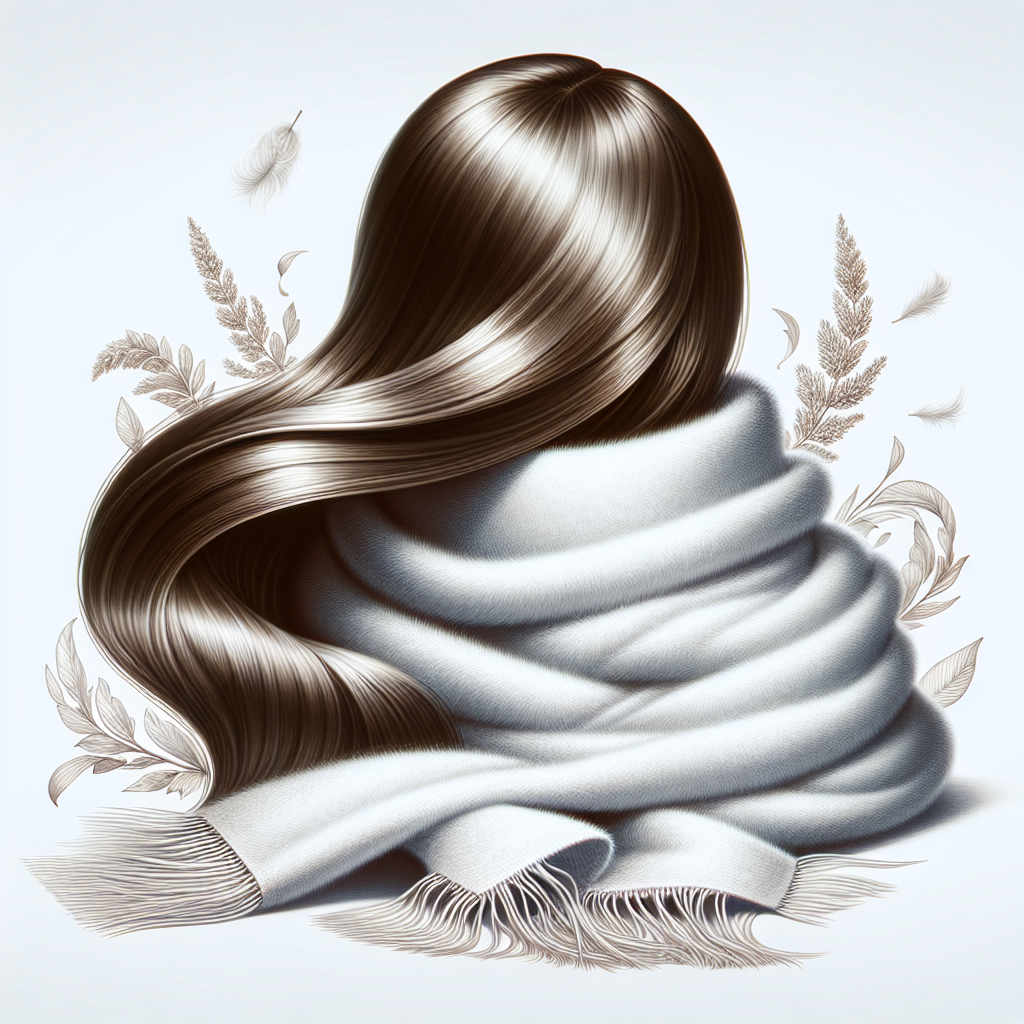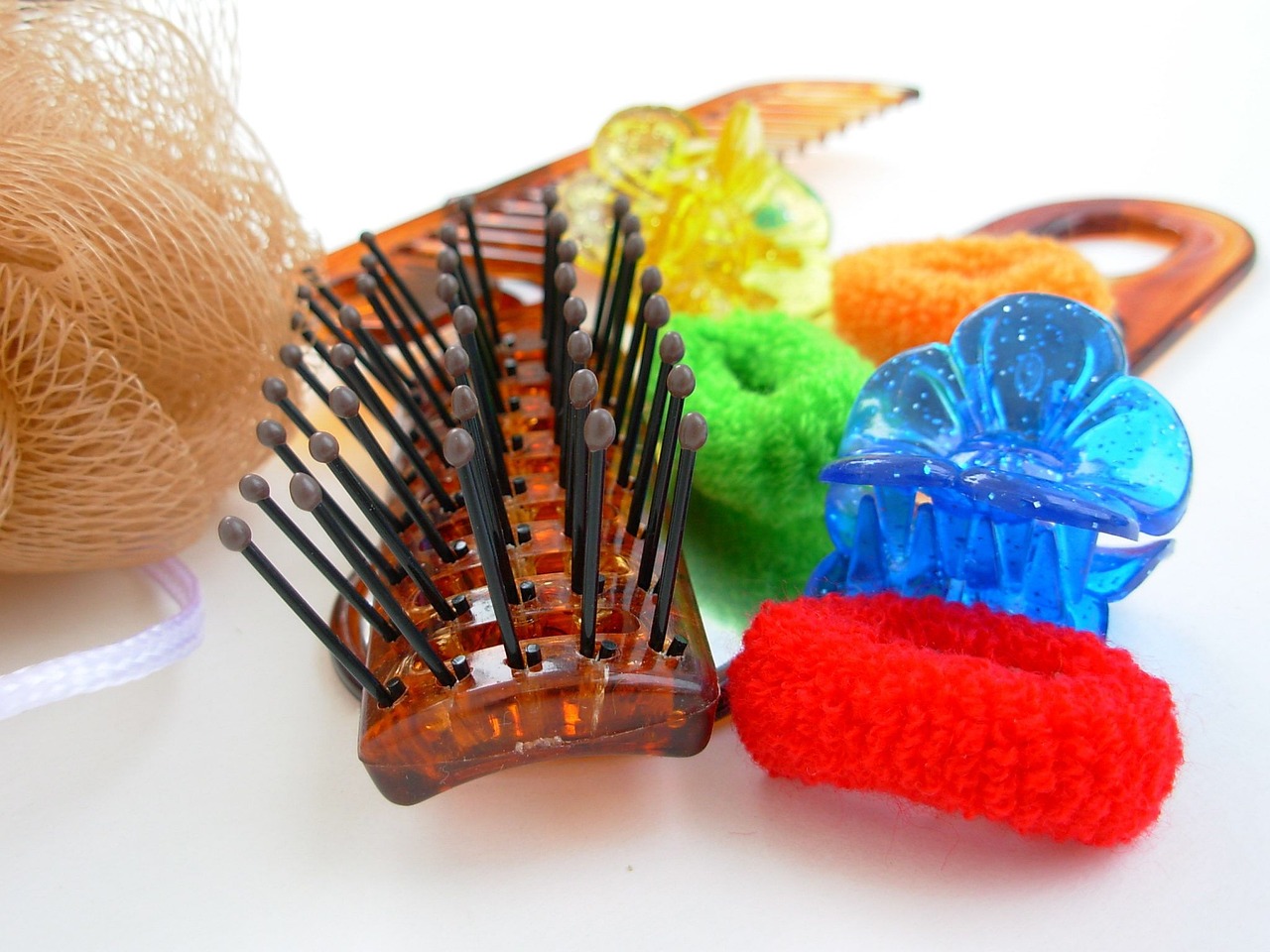Have you ever experienced itching while wearing a human hair wig? If so, fret not because in this article, we will share some valuable tips on how you can prevent that annoying itchiness. Itchy scalp can be a common concern for many wig wearers, but there are simple yet effective steps you can take to ensure a comfortable and itch-free experience with your human hair wig. So, sit tight and get ready to discover some helpful strategies that will leave your scalp feeling blissfully itch-free while rocking your favorite wig.
Tips for Preventing Itching in Human Hair Wigs
Wearing a human hair wig can be a wonderful and versatile way to change up your style or add some volume to your natural hair. However, one common issue that many wig wearers face is itching. This discomfort can be caused by a variety of factors, including the wig cap construction, improper maintenance, or the products used on the wig. In this article, we will explore various tips and techniques to prevent itching and keep your human hair wig feeling comfortable and irritation-free.
Choose a Wig with a Comfortable Cap Construction
The first step in preventing itching in your human hair wig is to choose a wig with a comfortable cap construction. The cap is the foundation of your wig and plays a crucial role in determining how comfortable it feels on your scalp.
Opt for a Wig with a Breathable Cap
When selecting a wig, choose one with a breathable cap. A breathable cap allows air to circulate freely, preventing heat from building up under the wig. This can help minimize scalp irritation and itching.
Select a Wig with Adjustable Straps
Another feature to consider when choosing a wig is adjustable straps. These straps allow you to customize the fit of the wig, ensuring that it is not too tight or too loose. A properly fitted wig can greatly reduce itching and discomfort.
Choose a Wig with a Lace Front
Wigs with lace fronts have a thin strip of lace along the hairline, creating a natural-looking hairline. This type of construction not only enhances the aesthetics of the wig but also increases airflow, reducing the chances of itching.
Ensure Proper Ventilation in the Cap
Proper ventilation in the cap is crucial to preventing itching. Look for wigs with a cap that has small openings or wefts to allow air to flow freely through the wig. This can help regulate scalp temperature and prevent moisture buildup, which can lead to itching.
Wash the Wig Before Wearing
Before you wear your new human hair wig, it is essential to wash it thoroughly. This not only removes any chemical residues from the manufacturing process but also helps to minimize itching and irritation.
Gently Rinse the Wig with Lukewarm Water
Start by rinsing the wig gently with lukewarm water. Avoid using hot water, as it can damage the hair fibers or alter the shape of the wig. Gently run your fingers through the hair, ensuring that all strands are moistened.
Use a Sulfate-Free Shampoo
When washing your wig, it is important to use a sulfate-free shampoo. Sulfates are harsh cleansing agents that can strip the hair of its natural oils and cause dryness, leading to itching. Opt for a mild shampoo that is specifically formulated for use on human hair wigs.
Massage the Shampoo into the Wig
Apply a small amount of shampoo to your hand and massage it gently into the wig, starting at the cap and working your way down to the ends. Avoid rubbing or scrubbing the hair vigorously, as this can tangle or damage the strands.
Rinse Thoroughly to Remove all Residue
Once you have massaged the shampoo into the wig, rinse it thoroughly with lukewarm water. Make sure to rinse until the water runs clear, indicating that all the shampoo residue has been removed. Any leftover residue can cling to the hair and scalp, causing itching.
Apply Conditioner and Leave for a Few Minutes
After rinsing the shampoo, apply a small amount of conditioner to your hand and distribute it evenly through the hair. Focus on the mid-lengths and ends, as these areas tend to be drier. Leave the conditioner on for a few minutes to allow it to deeply hydrate the hair.
Rinse the Conditioner and Pat Dry
Once the conditioner has been left on for the desired time, rinse it thoroughly with lukewarm water. Again, ensure that all the product has been washed out completely to prevent any residue from remaining on the hair and causing itching. Finally, gently pat the wig dry with a towel to remove excess water.

Use a Mild Shampoo and Conditioner
In addition to washing the wig before wearing, it is crucial to use a mild shampoo and conditioner specifically formulated for human hair wigs. This will help maintain the integrity of the hair while keeping it clean and free of itching-causing irritants.
Avoid Shampoos and Conditioners with Harsh Ingredients
When selecting a shampoo and conditioner for your wig, avoid products that contain harsh ingredients. Harsh chemicals can strip the hair of its natural oils, leading to dryness and itching. Look for gentle, sulfate-free formulas that are designed for use on human hair wigs.
Choose Products Specifically Meant for Human Hair Wigs
Using products specifically formulated for human hair wigs is essential to maintaining their quality and preventing itching. These products are designed to be gentle on the hair and will not weigh it down or leave a residue that can cause discomfort.
Look for Moisturizing and Soothing Ingredients
Opt for shampoos and conditioners that contain moisturizing and soothing ingredients, such as aloe vera, chamomile, or jojoba oil. These ingredients can help nourish the hair and moisturize the scalp, reducing the likelihood of dryness and itching.
Test Products on a Small Section of the Wig
Before using any new shampoo or conditioner on your entire wig, it is advisable to test it on a small section of the wig first. Apply a small amount of the product to the hair near the nape of the neck and observe any reactions. If there is no itching or irritation, it is likely safe to use on the entire wig.
Avoid Using Hair Products on the Wig
Using hair products directly on your wig can lead to product buildup and irritation. It is important to refrain from using common hair products, such as hairsprays, gels, and mousses, on your human hair wig.
Avoid Using Hair Sprays, Gels, or Mousse
Hair sprays, gels, and mousses typically contain ingredients that can be drying or sticky, which can make the wig uncomfortable to wear and cause itching. It is best to avoid using these types of products directly on your wig.
Avoid Applying Hair Oils or Serums
While hair oils and serums may be beneficial for natural hair, they are not recommended for use on human hair wigs. These products can weigh the wig down and cause greasiness, leading to discomfort and itching.
Use Products Specifically Designed for Wigs
Instead of regular hair products, opt for products specifically designed for use on wigs. There are wig-friendly hairsprays, gels, and mousses available that are formulated to be gentle on the hair and scalp, reducing the risk of itching.

Keep Your Scalp Clean and Moisturized
Maintaining a clean and moisturized scalp is essential for preventing itching in not only your natural hair but also your human hair wig. Follow these tips to keep your scalp healthy and comfortable.
Wash Your Scalp Regularly
To prevent itching, it is crucial to wash your scalp regularly, especially if you have an oily scalp. This removes excess oils, dirt, and impurities that can transfer onto the wig and cause discomfort.
Gently Exfoliate Your Scalp
Periodically exfoliating your scalp can help remove dead skin cells and improve overall scalp health. Be sure to use a gentle exfoliant that is suitable for your scalp type to avoid any irritation.
Apply Moisturizer or Scalp Oil
After washing your scalp, apply a lightweight moisturizer or scalp oil to keep the skin hydrated and prevent dryness. Dryness is a common cause of itching, so keeping your scalp moisturized can help alleviate this issue.
Avoid Overwashing and Excessive Dryness
While it is important to keep your scalp clean and moisturized, it is equally important to avoid overwashing or causing excessive dryness. Washing your scalp too frequently can strip it of its natural oils, leading to dryness and itching. Find a balance that works for you and your scalp type.
Protect Your Wig From Dust and Pollutants
Dust and pollutants can accumulate on your wig, leading to discomfort and itchiness. Take steps to protect your wig from these external factors to ensure a comfortable wearing experience.
Cover the Wig with a Wig Stand or Mannequin Head
When storing your wig or not wearing it, cover it with a wig stand or mannequin head. This will keep the wig elevated and prevent it from coming into contact with dust or other particles that may be in the air.
Store the Wig in a Clean and Dust-Free Environment
When not in use, store your wig in a clean and dust-free environment. Avoid storing it in places prone to dust accumulation, such as near open windows or in dusty closets. A wig box or a dedicated wig stand can help protect your wig from dust and pollutants.
Cover the Wig with a Scarf or Wig Bag When not in Use
Another way to protect your wig from dust and pollutants is to cover it with a scarf or wig bag when not in use. This extra layer of protection can help keep the wig clean and prevent any particles from settling on the hair or scalp.

Avoid Excessive Heat Styling
Excessive heat styling can not only damage your human hair wig but also contribute to itching and discomfort. Follow these tips to minimize heat styling and keep your wig in top condition.
Limit the Use of Heat Styling Tools
While human hair wigs can withstand heat styling, it is best to limit the frequency and intensity of heat styling to minimize damage and itching. Opt for heatless styling methods whenever possible to keep your wig looking great without sacrificing comfort.
Use Heat Protectant Spray Before Styling
When you do use heat styling tools on your wig, always apply a heat protectant spray beforehand. This will create a barrier between the hair and the heat, reducing the risk of damage and itching caused by excessive heat exposure.
Allow the Wig to Air Dry Whenever Possible
Instead of using a blow dryer to dry your wig, allow it to air dry whenever possible. Air drying is a gentler method that reduces the risk of excessive dryness and itching. Simply lay your wig flat on a clean towel and let it dry naturally.
Avoid Excessive Blow Drying or Curling
If you do need to use a blow dryer or curling iron on your wig, be cautious not to apply high heat for extended periods. Excessive heat can dry out the hair and cause itching. Opt for lower heat settings and minimize the amount of time the heat is applied to the wig.
Adjust Wig Cap to Avoid Tightness
A wig cap that is too tight can cause discomfort and itching. To ensure a comfortable fit, follow these tips for adjusting your wig cap properly.
Ensure the Wig Cap Fits Properly
When wearing a human hair wig, it is crucial to ensure that the wig cap fits properly. A too-tight wig cap can cause pressure and friction, leading to itching and discomfort. Adjust the straps on the wig cap until it fits snugly but not too tight.
Use Adjustable Straps to Customize the Fit
Many wigs come with adjustable straps at the back of the cap. Take advantage of these straps to customize the fit of the wig according to your head size and shape. Loosen or tighten the straps as needed to ensure a comfortable and secure fit.
Avoid Pulling the Wig Cap too Tight
When adjusting the wig cap, avoid pulling it too tight. A tight wig cap can not only cause itching but also lead to headaches and hair loss. Find a balance between a comfortable fit and a secure hold.

Consider Using a Wig Liner or Cap
For additional comfort and to prevent itching, consider using a wig liner or cap underneath your human hair wig. These accessories provide an extra layer of protection and can help absorb excess oils and sweat.
Wear a Wig Liner or Cap Underneath
A wig liner or cap can help create a barrier between your scalp and the wig, reducing friction and minimizing itching. It also helps to absorb any sweat that may accumulate on your scalp, keeping it comfortable throughout the day.
Select a Breathable and Moisture-Wicking Material
Choose a wig liner or cap made from a breathable and moisture-wicking material, such as cotton or bamboo. These fabrics allow airflow and help regulate scalp temperature, preventing excess sweat and itchiness.
Ensure the Liner or Cap Fits Comfortably
When using a wig liner or cap, make sure it fits comfortably and snugly on your head. Avoid liners or caps that are too tight, as they can cause pressure and irritation. Choose the right size for your head circumference and adjust the straps or elastic bands for a secure but comfortable fit.
In conclusion, preventing itching in human hair wigs requires a combination of selecting the right wig cap construction, proper maintenance, and using suitable products. Choose a wig with a comfortable cap construction, wash the wig before wearing, use mild shampoo and conditioner, avoid using hair products directly on the wig, keep your scalp clean and moisturized, protect the wig from dust and pollutants, minimize heat styling, adjust the wig cap properly, and consider using a wig liner or cap. By following these tips, you can enjoy your human hair wig without the discomfort of itching and irritation.
